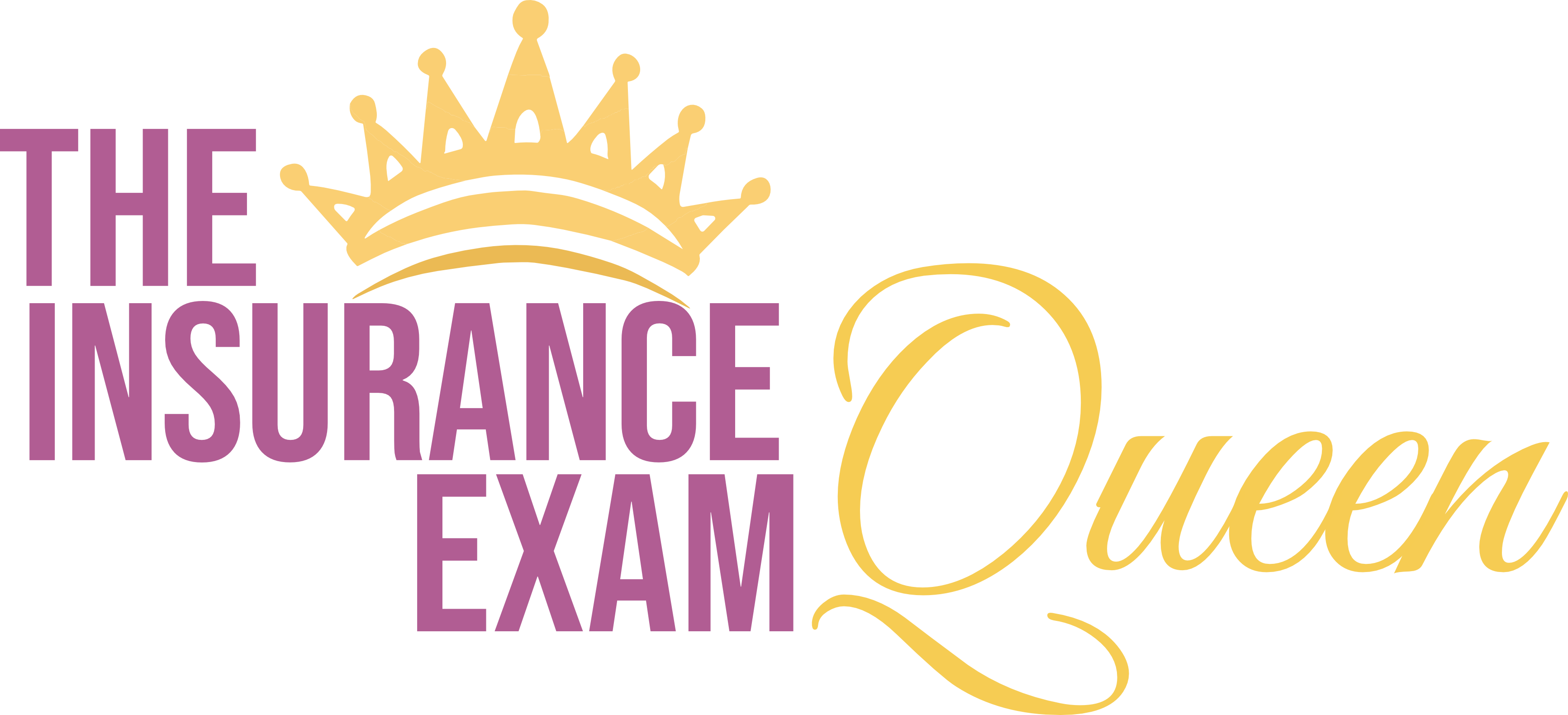Primary & Excess Insurance Policies
Primary and Excess- Policies are pretty much pre-determined to be Primary or Excess. For the exam, it should tell you if a policy is primary or excess, but pretty much all the policies you have learned about are primary, except for umbrella which is excess.
Overview
- Designation: Policies are usually predefined as either Primary or Excess.
- Test Guidance: Exams typically specify whether a policy is primary or excess. Most policies covered are primary, except for umbrella policies, which are excess.
Primary Insurance
- Function: Pays out immediately when a loss occurs.
- Co-coverage: If more than one primary policy covers an event, they share the cost of the claim.
Excess Insurance
- Function: Pays only after the primary insurance coverage has been exhausted.
Example:
Primary pays out when the loss occurs. If there is more than one primary policy, they will share the cost. Excess only pays when the primary has been tapped out.
For example, let’s say a wife bought a policy on her house and so did her husband. They both have a homeowners policy on the same house, two policies, one house. Homeowners is a primary policy. Let’s say that their dog bit their neighbor. The wife and husband both have $300,000 liability. The medical bills/lost wages/pain and suffering add up to $600,000. Now, it would be nice if the wife paid out $300,00 and the husbands paid out $300,000 covering the whole thing, but it doesn’t (which kind of makes two policies pointless for the most part). What will happen is the wife and husbands will both pay a fair share of the loss. Since we choose even #’s, they would both pay $150,000, for a total of $300,000. Now, the husband and wife still owe another $300,000. If they have an umbrella, it would now kick in since the primary policies paid out. The umbrella would pay the remaining amount.
Recommended: Gold
The GOLD Course is ALWAYS the recommended class series for all students as it teaches the material in more depth. Over 30 hours of the most in depth classes with a more intensive teaching of the topic. Learn more about P&C GOLD
Share the Post
Click to share the post to your network





